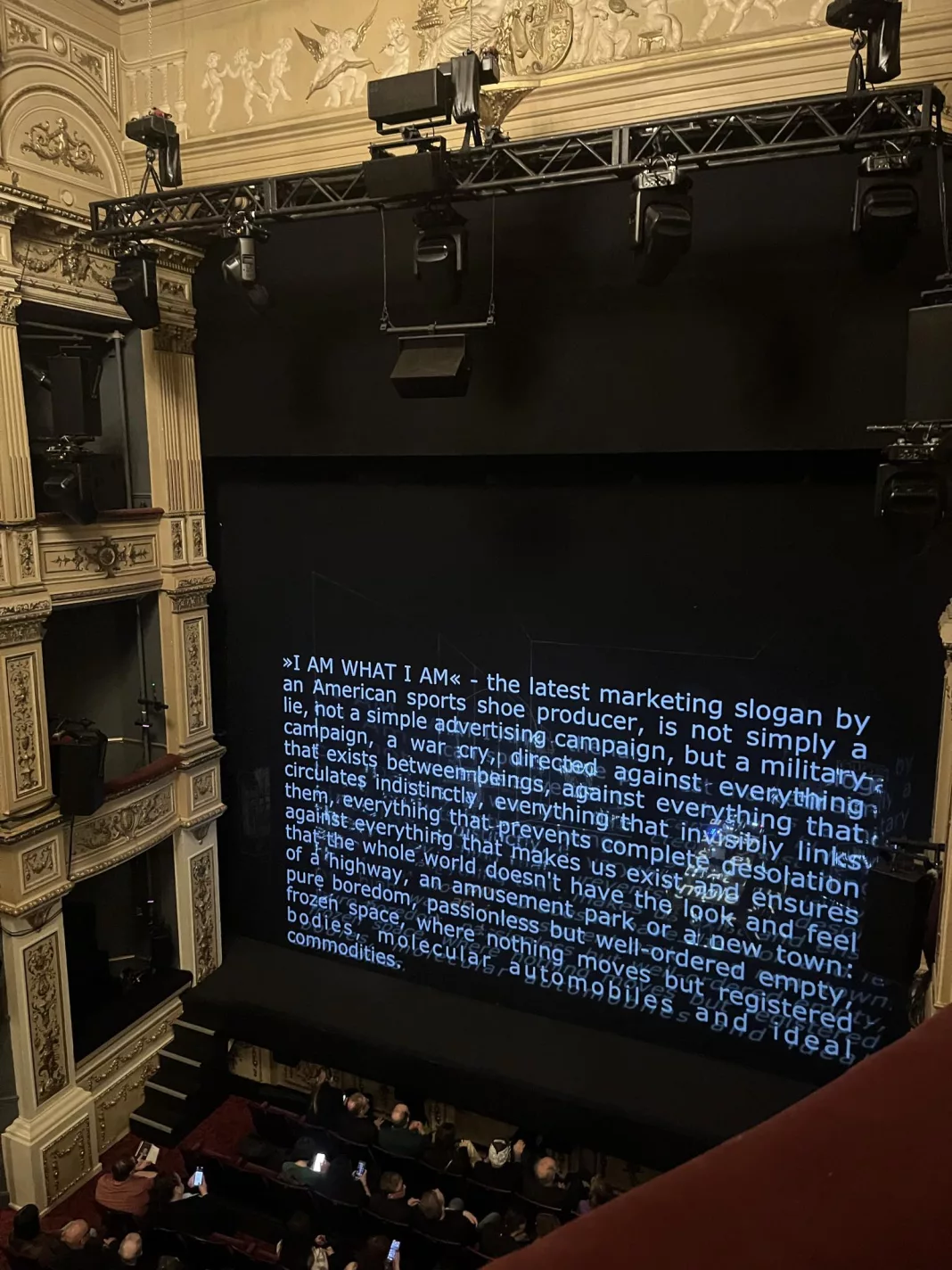Ibsen has re-entered the drama scene with the current production of his classic play An Enemy of the People at the Duke of York theatre this spring. With big name Matt Smith in the lead role of Dr Thomas Stockmann, I anticipated big things for this production. As a lover of Ibsen (my favourite play ever being Hedda Gabler), I booked to see this months ago the moment tickets had been released, and safe to say I was not disappointed.
Ibsen is known for his political style of theatre and his ability to intertwine narrative, character and social commentary seamlessly. This play was the best I’ve seen on the London drama scene for a while and certainly reawakened the politically active side of myself that has begun to dwindle in the depressing state of our current political climate. I felt both enraged and empowered upon exiting the theatre, just as I expect Ibsen intended.
The script was always guaranteed to be impeccable, as in my eyes Ibsen can never disappoint in his writing skills. However, it was also expertly adapted for a modern interpretation. From smaller embedded references to social media and the pandemic, to blatant smears against current politics (notably in hilarious references to Rishi Sunak), modernism was expertly crafted and integrated into the play without losing the integrity of the original text. Moreover, the breaks in the fourth wall during a period of audience interaction, was a risky but expertly and comically executed move from Zachary Hart as Billing. Having not read the original play myself, I would now be intrigued to do so, and note any further changes that have been made.
The set was ingenious in its design, with the minimal furniture and the chalkboard walls which the characters used throughout to indicate additional props or changes of time and place. This made the transitions slick as there was less to do and also built anticipation as we watched them begin to sketch. Just before the end of the first half, we see the stage integrated into a blatant political statement as the characters took white buckets of paint haphazardly to the walls; literally whitewashing the set, thus externalising the implicit political whitewashing happening within the play. As the play progresses and complicates into blatant political frustration, we see the set morphs alongside the narrative. After the white washing of the walls we see a much more minimal set than what we opened with; just a few sparse chairs and an open fridge as opposed to the full living room/kitchen set up we had at the beginning.
Matt Smith has his star moment as Thomas with the monologue just after the opening of the second half. He is exhausted by the political climate he finds himself in, but dynamic and powerful in his argument against it. Following the monologue we get a period of further audience involvement when Priyanga Burford (as Aslaksen) asks audience members to raise their hands and speak on why they agree or disagree with what the doctor has just said. This continued to enhance the political narrative of the piece and fit seamlessly into the narrative, which is always hard when choosing to break the fourth wall.
After this moment, Matt Smith, and the stage by extension, is covered with paint as the other characters throw balloons full of yellow and black at him. We see them revolt against morality – ultimately what the doctor stands for at this moment. They choose to “save themselves” at the expense of their morals and values. In the scene proceeding this, to close off the play, we see the doctor and his wife Katherine Stockmann (Jessica Brown Findlay) offered a final chance at corruption as Katherine’s father Morten Kiil (Nigel Lindsay) offers them shares of the baths. We see a smidgen of hope as they reject it and stick to their guns, but also defeat in the fact that by doing so they have ruined the lives they have made for themselves, forced to leave the town and their lives there forever. A tragic but thought provoking end to the piece.


